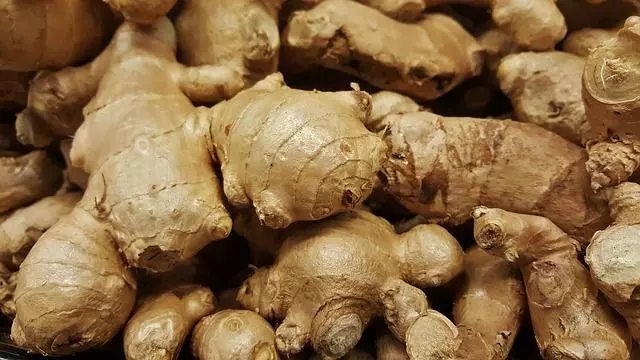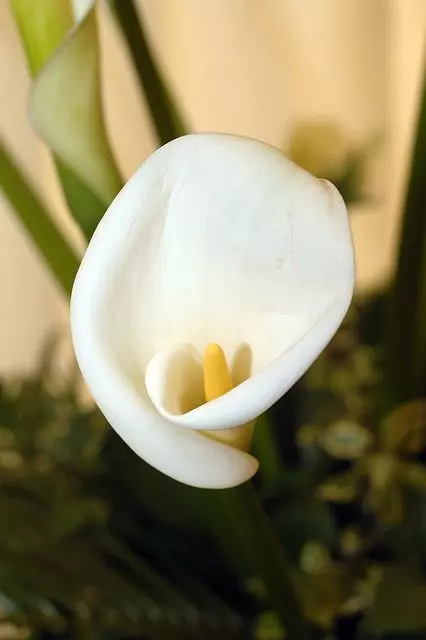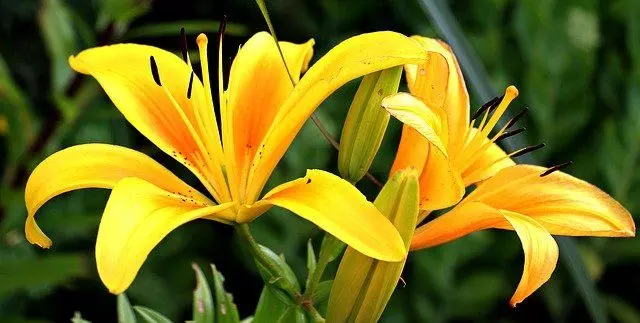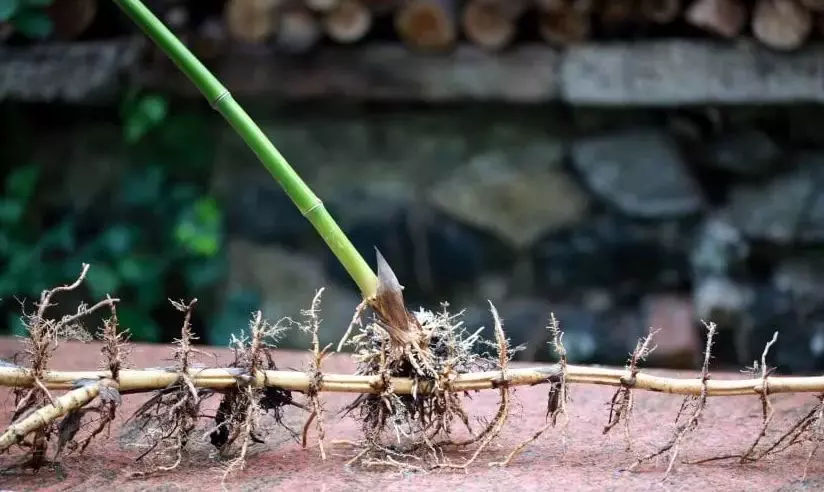We all know or have a notion of the basic parts that make up a plant: root, stem, and leaves. However, when it comes to identifying the different types and structures that exist, we certainly do not have such clear ideas. It is very common to visualize or imagine a stem as that part of the plant that grows vertically and from which branches and new leaves arise, but did you know that they can also grow horizontally? Learn all about What is a rhizome and rhizomes examples in this article.
Table of Contents
What is a Rhizome?
What is a Rhizome? A rhizome is a stem that grows below the ground and horizontally, so it is considered a subway stem-like bulbs and tubers, being able to store nutrients. So they function as reserve organs for the plant when it faces extreme conditions or nutrient shortages. Also, by growing horizontally, they can also support the plant.
Plants that have rhizomes are usually perennial, so while they lose their leaves and surface parts during the colder months, they continue to conserve the rhizomes and store the nutrients the plant needs to survive. This capacity makes the rhizomes very interesting stems for human use and consumption, such as ginger, valued for its properties and used both for consumption and for the treatment of certain ailments.

Rhizome: Growth and Propagation
Rhizomes can grow and cover large areas of land since their growth is indefinite. With the passage of time and the increase in length of the rhizome, the oldest parts may die. In these cases, if a dead zone separates the shoots of what was originally the same plant, they will be considered two different plants.
This means that rhizome reproduction is asexual. From a fragment (as long as it has a bud) of the rhizome, shoots, roots, and new plants can arise. Therefore, in gardening, the technique of repotting is applied to promote their reproduction and growth. Once the rhizome has been repotted, it will use the nutrients stored for the development of the new individual. Therefore, its division and planting usually take place during the months with the most favorable conditions, such as the beginning of spring, summer, and even autumn.

Types of Rhizomes
Depending on the type of branching and growth, rhizomes can be divided into two different types:
Defined or sympodial rhizomes: their growth is defined, which implies that the original plant may die when others arise too close to it. Symploidal rhizomes usually have short, thick nodes and are capable of storing numerous nutrients.
Indefinite or monopodial rhizome: it is considered that its growth is indefinite, since the original plant never dies, giving rise to numerous new plants. The monopodial rhizome is characterized because its nodes are more elongated than those of the defined rhizomes, and new nodes and rhizomes are continuously generated.

Rhizomes Examples
As we have said before, plants that propagate by rhizomes are perennial, here are some rhizomes examples:
Ginger: is one of the most popular plants with rhizomes, belonging to the Zingiberaceae family, due to its multiple uses and properties. Learn more about How to Grow Ginger.
Grama: Also known as white grass. Grama has a thin and elongated rhizome.
Mint: it is one of the most valued plants with rhizomes, as well as ginger, for its properties, smell, and peculiar flavor. Mint is a great example of a plant with rhizomes. Learn more about How to Grow Mint Indoors.
Lily: it is one of the plants with rhizomes that have thick and leafy stems, which allows them to survive extreme temperatures and harsh winters.
Solomon’s Seal: it is characterized by the presence of white tubular flowers. For its growth and development, it requires an ample supply of nutrients, so the presence of rhizomes favors the absorption, storage, and disposal of these nutrients.
Bamboo: all bamboo species propagate by rhizomes, being of great interest especially in gardening, to create barriers that provide separation, protection, or greater privacy in our homes.
These are just a few examples of plants with rhizomes, there are many plants with rhizomes all over the planet.

